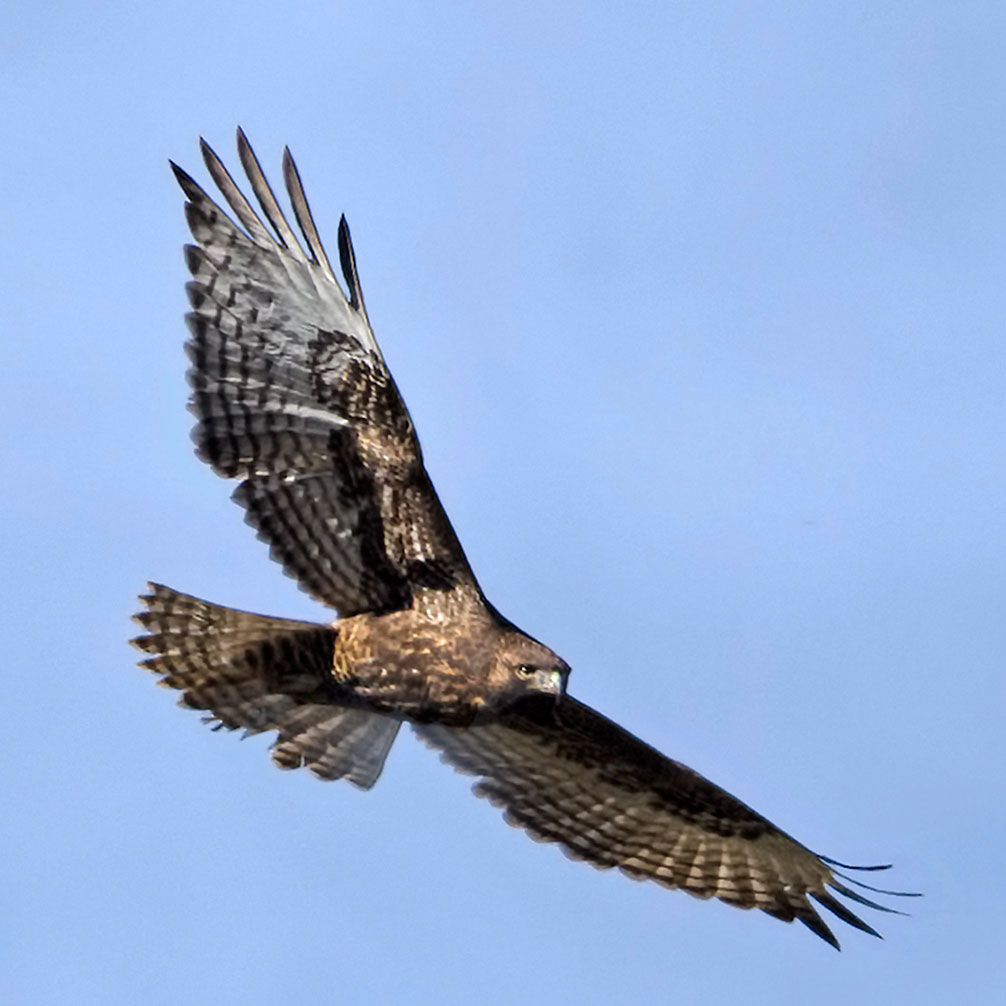Each year at this time, Michael McMann monitors the movement of raptors along the west side of the Selkirk Mountains. These are the raptors from northern B.C. that move south along the valleys of the Slocan and Arrow Lakes and then follow the ridges along the east side of the Columbia River. He monitors them from a bench of land high above the Columbia. The location offers an expansive view of the ridge and although the distance to the crest of the ridge is over two kilometers, the vantage provides the opportunity to spot many species and identify most of them.
Distinguishing among the maybe a dozen different possible species at this distance depends upon subtleties of the birds’ flight, shape, and shading. These are skills not quickly mastered (and they remain elusive for me).
Yet, while this observing location is good for monitoring the passage of a large number of birds, it is not good for bird photography. This contrast is illustrated below. First is a pair of pictures taken on Saturday from the monitoring location. Second is a picture taken Sunday when Michael and I climbed about 900 meters higher onto the crest of the ridge. The image difference is striking.
Each of this pair of pictures from the monitoring location has been greatly magnified so as to hint at the scant details that reveal the species. The left image shows a Golden Eagle distinguished both by its silhouette and the faint whitish underwing patches. The right image shows three birds: an easily identifiable Bald Eagle in the lower right, a raven to its left, a Sharp-shinned Hawk above.

Photographically more satisfying is the view of a raptor from high on the ridge. This appears to be a juvenile, dark-morph, Red-tailed Hawk.

